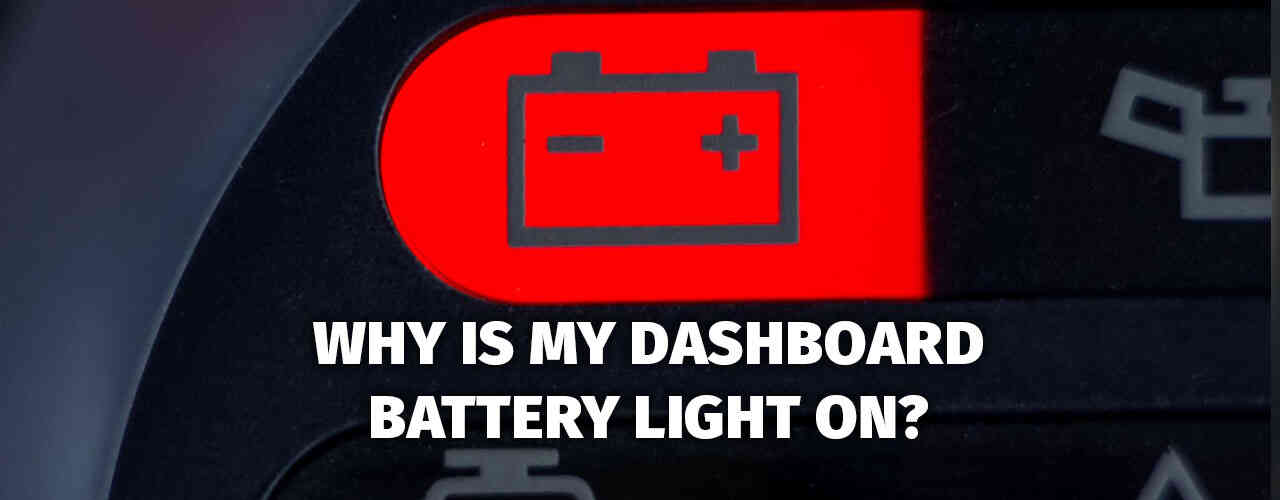When you switch on your vehicle and catch a glimpse of the numerous symbols illuminated on your dashboard, the battery light is among the most critical. It's not merely an emblem; it's a harbinger of vital information about the health and performance of your vehicle's battery and charging system. Let's delve deeper into understanding this paramount light and its implications.
Understanding the Battery Light Symbol
The battery light on most cars is shaped like a battery, with a positive (+) and negative (-) sign on it. When you turn your key to the ignition position, but before starting the car, you'll notice this light illuminates briefly. This is standard and indicates the light itself is operational. However, if this light stays on or reappears while driving, it's signaling potential issues.
Reasons the Battery Light Might Illuminate
Alternator Issues: The alternator is responsible for generating power to both run the vehicle's electrical components and keep the battery charged. If it's failing or has a faulty connection, the battery light might come on.
Battery Lifespan: Like all components, car batteries have a lifespan. After 3-5 years, depending on use and conditions, they start losing their capacity. If your battery is nearing the end of its life, the light can illuminate as a warning.
Electrical System Glitches: Sometimes, the issue isn't with the battery or alternator but other parts of the car's electrical system. Frayed wires, blown fuses, or malfunctioning computer modules might trigger the battery light.
Faulty Battery Connections: Loose or corroded connections can interrupt the power flow. Ensure the battery terminals are clean and securely connected.
Implications of Ignoring the Battery Light
Ignoring this critical light might result in:
Stalling or Difficulty Starting: The battery provides the necessary current to the starter motor and ignition system, which ignites the fuel in the engine's cylinders to start the vehicle.
Loss of Power to Essential Systems: The battery powers crucial components like headlights, radio, and air conditioning. A depleting battery might compromise these systems.
Potential Breakdown: If the alternator isn't charging the battery, your car might stop running and leave you stranded.
Steps to Take When Your Battery Light Illuminates
Don't Panic, But Don't Ignore: When the light comes on, it doesn't mean imminent danger. However, treat it as a sign that attention is needed soon.
Check Other Lights: If other lights accompany the battery light, such as the check engine light, the issue might be more than just your battery.
Limit Power Usage: Turn off non-essential electrical components like the radio and air conditioning to reserve power.
Seek Professional Help: It's essential to get a professional's perspective. Head to your nearest mechanic or auto-service center for a thorough check-up.
Maintaining Battery Health
To avoid unexpected dashboard warnings, maintain your battery's health:
Regular Check-ups: Schedule regular maintenance checks. A professional can spot issues before they become larger problems.
Clean Terminals: Ensure your battery terminals remain corrosion-free and clean. This can be done using a mixture of baking soda and water.
Drive Regularly: Batteries discharge over time, especially in cold conditions. Regular driving keeps them charged.
Avoid Short Rides: Quick rides prevent your car's battery from fully charging. Ensure your vehicle gets longer, consistent rides for optimal charging.
In summary, the battery light on your dashboard is more than just a light; it's a crucial indicator of your vehicle's overall health. By understanding its signals and ensuring regular maintenance, you can ensure a smoother driving experience and avoid potential pitfalls. Knowledge is power, and in this case, it's the power to keep your vehicle running efficiently and safely.




